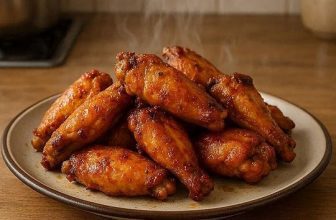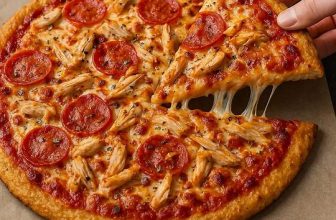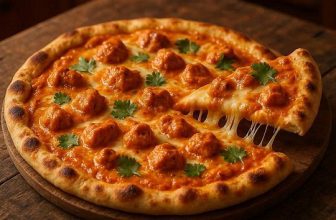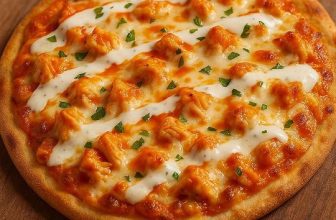What Wood is Best for Cutting Boards?
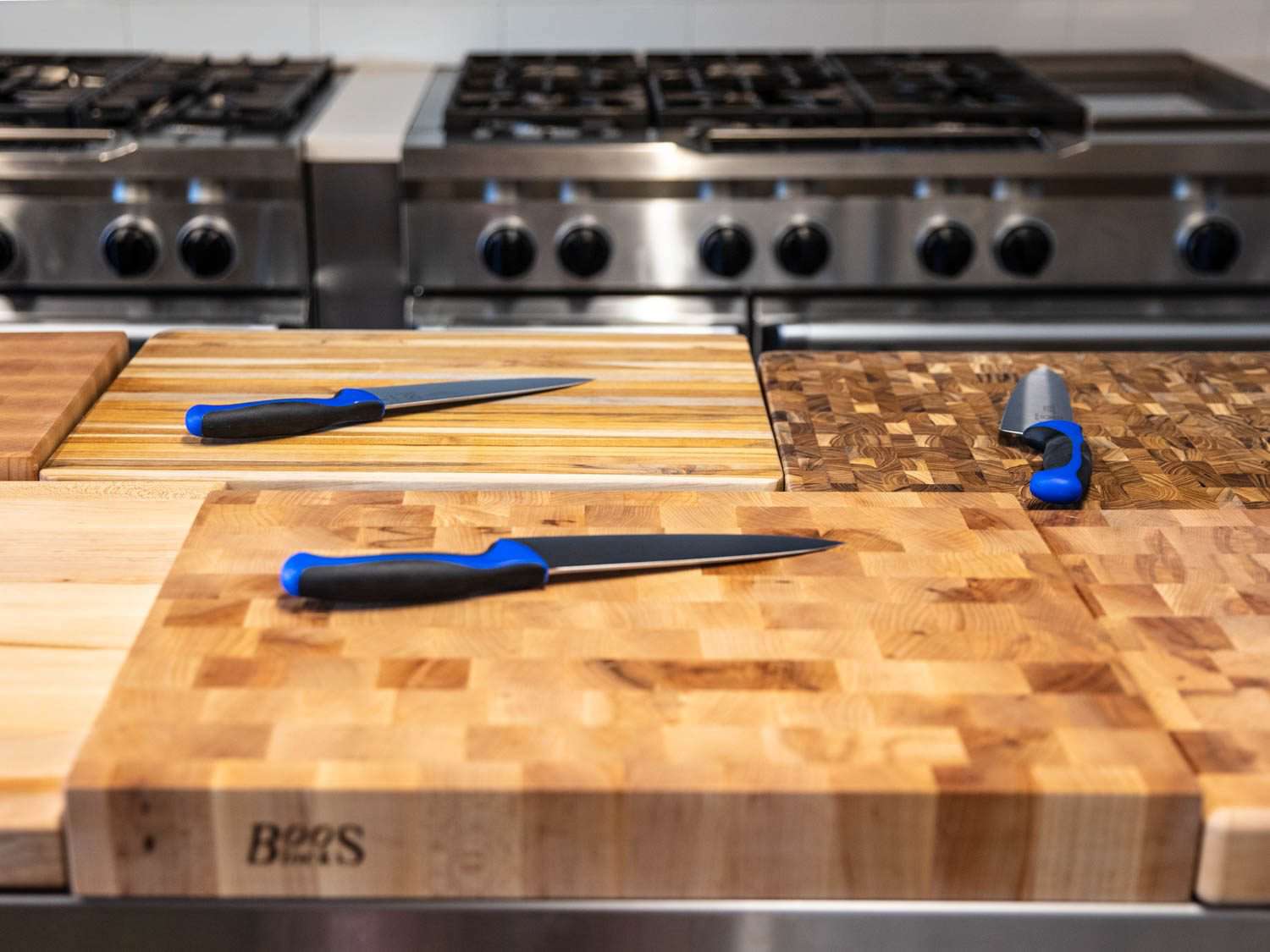
What Wood is Best for Cutting Boards? Maple and walnut are the best woods for cutting boards due to their durability and resistance to bacteria growth. These hardwoods provide a sturdy surface for chopping and slicing, making them ideal choices for kitchen use.
Maple is known for its light color and tight grain pattern, while walnut offers a rich, dark hue that adds elegance to any kitchen decor. Both kinds of wood are easy to maintain and help prevent knife marks, ensuring your cutting board stays in top condition for years to come.
Whether you prefer the classic look of maple or the sophisticated appeal of walnut, choosing either wood will guarantee a high-quality cutting board that enhances your culinary experience.

Choosing The Right Wood For Cutting Boards
When choosing the best wood for cutting boards, consider hardwoods like maple, cherry, and walnut. These woods are durable and resistant to knife marks. Softwoods like pine and cedar are not ideal for cutting boards as they are more prone to scratches and cuts. Key characteristics to look for in cutting board woods include hardness, grain tightness, and moisture resistance. Hardwoods are generally superior to softwoods for cutting boards due to their durability and resistance to knife marks. Ultimately, the best wood for cutting boards is one that is both durable and easy to maintain.
Top Contenders For Durable Cutting Boards
Discover the top contenders for durable cutting boards and explore the best wood choices. Opt for maple, walnut, or cherry for long-lasting and reliable cutting board options. These woods are renowned for their durability and resistance to wear and tear, making them ideal for kitchen use.
| Maple: | The traditional favorite, known for durability. |
| Walnut: | Rich color and resilient qualities make it popular. |
Exotic Choices For The Culinary Enthusiast
Cutting boards are an essential tool in any kitchen, and choosing the right wood is crucial for both functionality and aesthetics. For the culinary enthusiast seeking exotic choices, teak and cherry are both excellent options to consider. Teak, a sustainable wood, is known for its durability and resistance to moisture, making it an ideal choice for cutting boards. Cherry, on the other hand, is a fine-grained alternative with a beautiful reddish-brown hue that deepens with age. Both woods are easy to maintain and provide a unique touch to any kitchen. When choosing a cutting board, it’s important to consider the wood’s durability, resistance to moisture, and overall aesthetic appeal. With these factors in mind, teak and cherry are both excellent choices for the culinary enthusiast seeking a unique and functional cutting board.

Bamboo: A Sustainable And Economical Choice
|
Bamboo is a popular choice for cutting boards due to its sustainability and affordability. It has gained significant popularity in recent years as people become more conscious of the environmental impact of their choices. Bamboo is a fast-growing grass that can be harvested in just a few years, making it a highly renewable resource. Additionally, bamboo cutting boards are known for their durability and resistance to moisture, making them a practical choice for the kitchen. When choosing a bamboo cutting board, there are a few considerations to keep in mind. Firstly, it’s important to ensure that the bamboo used is sustainably sourced and harvested. Look for products that are certified by organizations such as the Forest Stewardship Council (FSC). Secondly, check the quality of the board, ensuring it is made from multiple layers of bamboo that are cross-grained for added strength. Lastly, consider the size and thickness of the board, selecting one that suits your specific needs. |
The Debate Over End Grain Vs. Edge Grain
Choosing the right wood for cutting boards is crucial. Both end grain and edge grain boards have their advantages and disadvantages. End grain boards offer better durability and knife-friendliness, but they are typically more expensive. On the other hand, edge-grain designs are more affordable and easier to maintain. They also tend to show knife marks less prominently than end grain boards. Ultimately, the best wood for cutting boards depends on individual preferences and specific usage.
Care And Maintenance For Longevity
For proper care, clean cutting boards with mild soap and water.
Dry them thoroughly after washing to prevent warping or cracking.
Apply mineral oil to keep the wood hydrated and prevent drying.
Season boards regularly to maintain their finish and integrity.
Avoiding Common Pitfalls
When selecting wood for cutting boards, it’s important to avoid common pitfalls that can lead to the board cracking, warping, or absorbing bacteria. One of the most important factors to consider is moisture, as wood that is too dry or too wet can cause problems.
Some woods to steer clear of include pine, cedar, and fir, as they are softer and more prone to scratches and cuts. It’s also important to avoid using any wood that has been treated with chemicals or stains, as these can be harmful when in contact with food.
| Best Woods for Cutting Boards | Woods to Avoid |
|---|---|
| Maple | Pine |
| Walnut | Cedar |
| Cherry | Fir |
Ultimately, the best wood for a cutting board is one that is hard, durable, and has a tight grain structure. Maple, walnut, and cherry are all excellent choices. Just be sure to oil and maintain your board regularly to keep it in good condition.
Where To Buy And Custom Options
| Trusted Retailers | Artisanal Makers |
|---|---|
| Bed Bath & Beyond | John Boos |
| Williams Sonoma | Maple Leaf at Home |
| Sur La Table | Boards by Joel |
If you’re looking to customize your cutting board, many artisanal makers offer options such as personalized engravings or unique shapes and sizes. Some popular makers include John Boos and Maple Leaf at Home. Additionally, Boards by Joel offers a variety of exotic wood options.
:max_bytes(150000):strip_icc()/__opt__aboutcom__coeus__resources__content_migration__serious_eats__seriouseats.com__2019__07__20190701-wood-cutting-boards-vicky-wasik-ironwood-gourmet-endgrain-acacia-full-silo-1500x1125-181894cc402940dbad583a45d8bd6d5b.jpg)
Frequently Asked Questions
What Type Of Wood Makes The Best Cutting Board?
Hardwoods like maple, walnut, and cherry are best for cutting boards. They are durable, dense, and resistant to cuts and scratches, making them ideal for food preparation.
What Wood Should Not Be Used For Cutting Boards?
Avoid using softwoods like pine or cedar for cutting boards as they can easily scratch and absorb liquid, leading to bacteria growth. Opt for hardwoods like maple, walnut, or cherry, which are durable, resistant to bacteria, and safe for food preparation.
What Is The Most Sanitary Wood For Cutting Boards?
The most sanitary wood for cutting boards is hard maple. It is durable, resists bacteria growth, and is easy to clean. Other good options include bamboo and teak. Remember to always wash your cutting board with hot, soapy water after each use and regularly oil it to maintain its quality.
What Is The Healthiest Cutting Board To Use?
The healthiest cutting board to use is made of bamboo or hardwood, as they are durable, naturally antibacterial, and easy to clean.
Conclusion
To conclude, choosing the right wood for your cutting board is essential for both functionality and aesthetics. Each wood type offers its unique characteristics, such as hardness, durability, and moisture resistance. By considering factors like your cooking style and maintenance preferences, you can make an informed decision.
Remember, a well-selected cutting board will not only enhance your culinary experience but also prolong the life of your knives.


